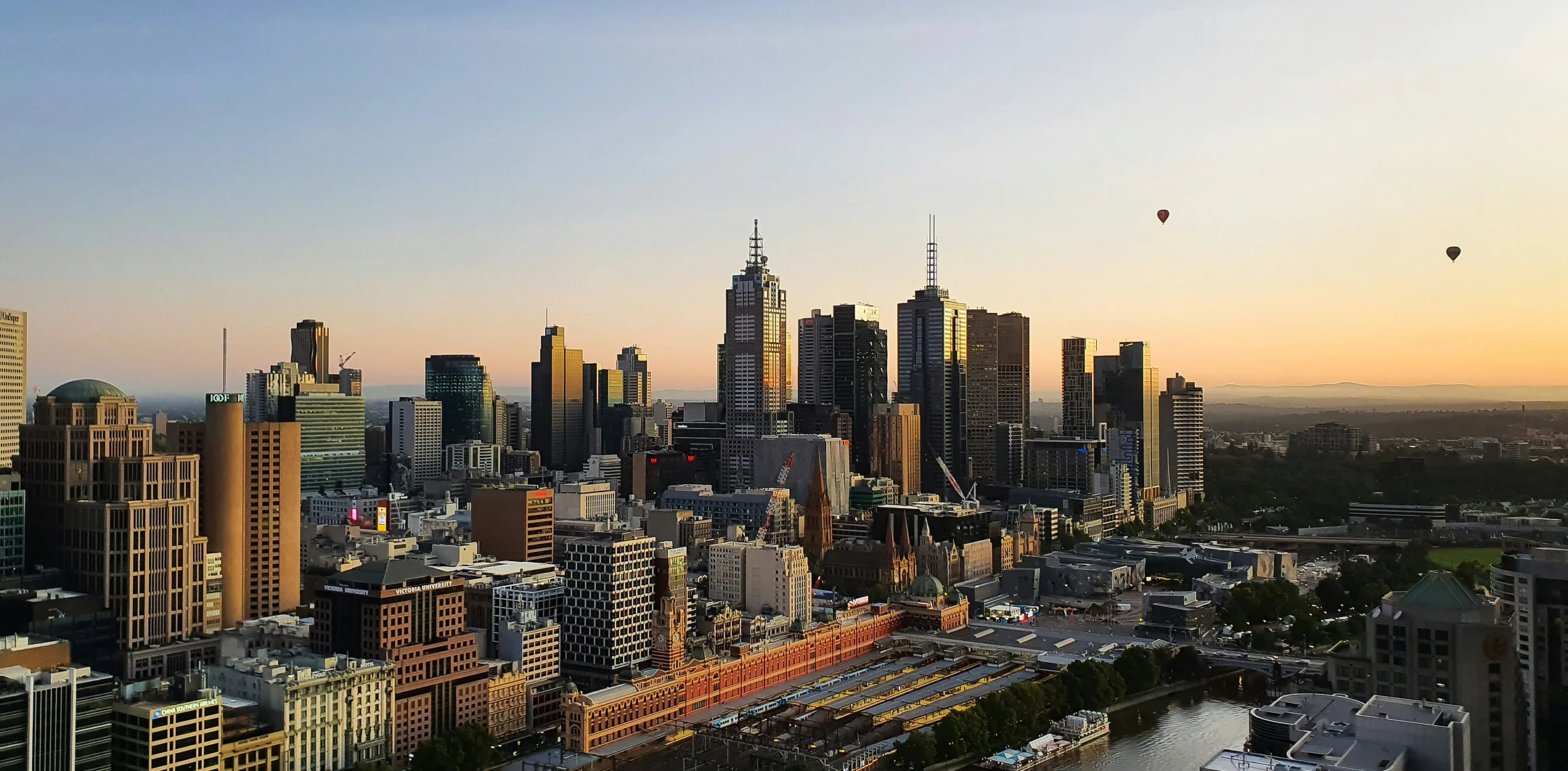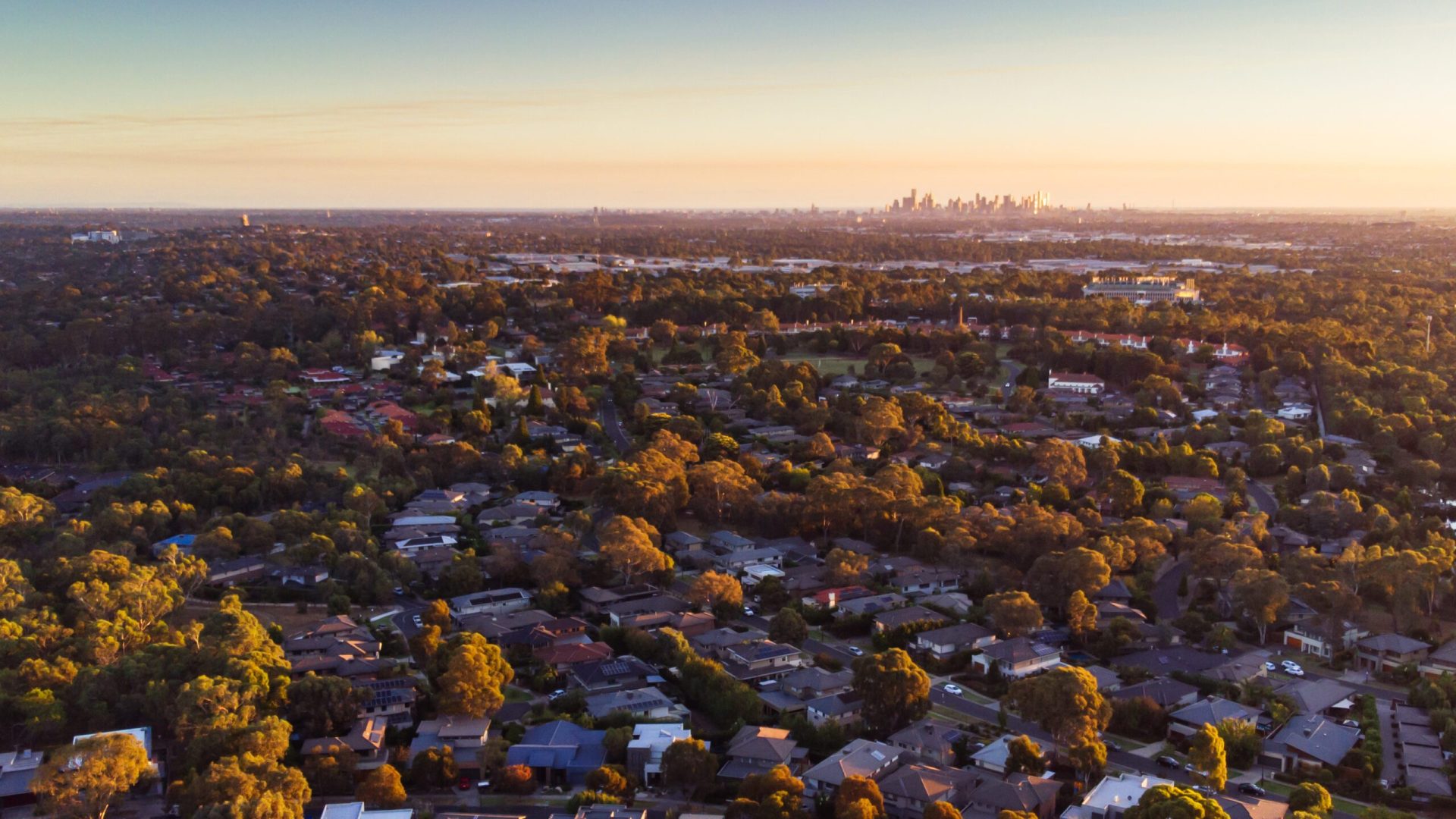Rising rental listings signal an ongoing softness across major markets, primarily in NSW and VIC. While this is great news for renters, where does that leave investors? It’s now more important than ever to know where to invest in property.
The question is: which Australian location will be right for your investment goals?
Inner City
CBD apartments can offer an affordable option to diversify your portfolio. But if you look to the city skyline, you’ll see that every other property developer and investor has the same idea. This means that extra apartments to compete with for renters can result in lower rents, or even rental vacancies.
The risk is even greater with off-the-plan developments, which could be worth less in the long-term if the development doesn’t go to plan.
However, market oversupply is not a high risk, according to Westpac economist Matthew Hassan. Keep your fingers crossed.
Outer Suburbs
Buying investment property in the outer suburbs of cities is a great strategy for finding the holy grail of renters: long-term and high-quality tenants.
As families are often drawn to safer, quieter areas, you’ll have your pick of financially sound, polite and reliable tenants. You’ll experience less of a turnover, endure maintenance fees through less wear and tear, and likely hold on to tenants for longer than a year.
Suburban properties also offer lower property prices than their CBD counterparts, lowering the barrier to entry.
But on the flip side, these lower property prices can yield lower returns for investors. And since the rental population resides primarily in the CBD, you’ll have to ensure you understand the rental market properly so that you can renovate your property to appeal to prospects.
Investing in Rural Areas
Granted, rural properties can be substantially cheaper than metro investments. But while the greater cash flow might at first entice, it’s important to think carefully before purchasing a rural investment.
The difficulty with investing in rural areas is that there is plenty of land, so there’s no pressure on land prices. There’s reduced competition as well, with properties taking longer to rent out or sell.
How to Choose Where to Invest
There are two things to consider when expanding your investment portfolio: risk and return. Your level of risk all depends on your finances, experience, goals, and stress levels. Once you know your risk profile, it’s down to managing your returns.
On some occasions that means focusing on cash flow, while on other occasions it means building equity. Will investing in a large property in the suburbs allow you to build home equity faster than in the CBD? Or will investing in the CBD allow you to create a positive cash flow easier through higher rental rates?
Some of the best capital growth potential and excellent yields are available all throughout the CBD and in the outer suburbs. No particular strategy is right for every investor. Examine all your choices on a case-by-case basis, and get expert advice whenever you’re unsure.
Read more tips and advice about investing in property on the OpenCorp blog today!








